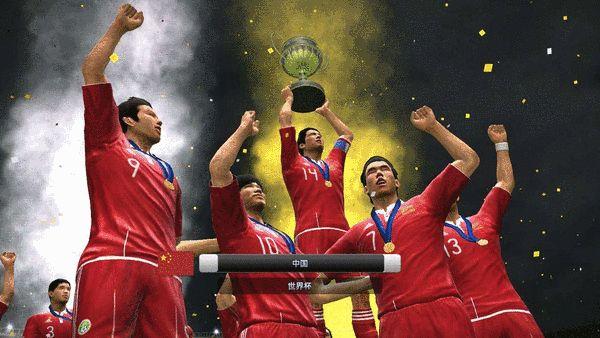中国足球规则英文解释大全
Title: Understanding Chinese Football Rules: An English Explanation
In China, football holds a significant place in the hearts of millions. From grassroots to professional levels, understanding the rules is crucial for players, coaches, and fans alike. Let's delve into the key regulations of Chinese football, explained in English for clarity and comprehension.
1. The Basics: Overview of Chinese Football Rules
Chinese football rules largely align with international standards set by FIFA (Fédération Internationale de Football Association). These rules govern various aspects of the game, including gameplay, player conduct, and officiating. Understanding these fundamentals is essential for anyone involved in the sport.
2. Pitch Dimensions and Layout
The football pitch, also known as the field, follows standard dimensions outlined by FIFA. In China, pitches adhere to these guidelines, typically measuring 100110 meters in length and 6475 meters in width for international matches. However, variations may exist in local or amateur competitions.
3. Team Composition and Substitutions
A standard football team consists of 11 players, including one goalkeeper. In Chinese football, teams adhere to this structure, with additional regulations governing player substitutions. Coaches must follow substitution rules carefully to avoid penalties for illegal changes.

4. Match Duration and Breaks
Matches in Chinese football typically consist of two halves, each lasting 45 minutes, with a 15minute halftime interval. However, variations may occur in certain competitions or age groups. Referees are responsible for ensuring adherence to time regulations and signaling stoppage time when necessary.
5. Scoring and Offside Rules
Scoring goals is the primary objective in football. In China, goals are awarded when the entire ball crosses the goal line between the goalposts and beneath the crossbar, following FIFA guidelines. Offside rules are also enforced to prevent attackers from gaining unfair advantages.
6. Fouls and Misconduct
Fouls occur when players commit prohibited actions, such as tripping opponents or using excessive force. Chinese football follows FIFA's disciplinary framework, with referees issuing penalties for fouls and misconduct, including yellow and red cards for serious infractions.
7. Penalty Kicks and Free Kicks
Penalty kicks are awarded for certain fouls committed within the penalty area, providing an excellent scoring opportunity for the attacking team. Free kicks are awarded for other fouls, allowing the fouled team to restart play from the location of the infraction.
8. ThrowIns, Goal Kicks, and Corner Kicks
Throwins occur when the ball crosses the touchline, with players required to use both hands while throwing the ball back into play. Goal kicks are awarded when the attacking team last touches the ball before it crosses the goal line, while corner kicks are granted when the defending team last touches the ball before it crosses the goal line.
9. Referee Authority and Video Assistant Referee (VAR)
Referees hold ultimate authority on the field, ensuring fair play and enforcing the rules of the game. In recent years, Chinese football has adopted technology, such as Video Assistant Referee (VAR), to assist referees in making critical decisions accurately.
10. Conclusion: Embracing the Spirit of the Game
Understanding Chinese football rules in English fosters inclusivity and broadens the reach of the sport to a global audience. By adhering to these regulations and promoting fair play, players, coaches, and fans contribute to the growth and success of football in China and beyond.
Understanding the rules of football is crucial for players, coaches, and fans alike. Whether you're cheering from the sidelines or competing on the field, knowing the regulations ensures a more enjoyable and fair experience for everyone involved.










